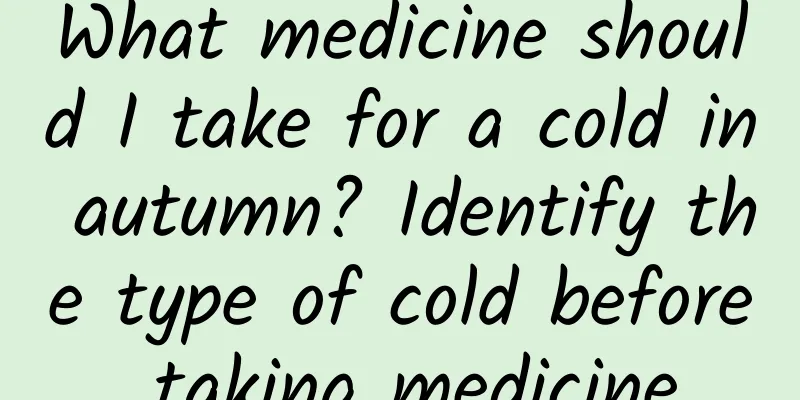What causes sudden fainting and convulsions?

|
Sometimes people faint or even have severe convulsions for no apparent reason, which is really scary. If you encounter special circumstances, such as being frightened, etc., this is a normal physiological phenomenon. If you faint for no reason, you should go to the hospital to find out the cause. Vasovagal syncope This is the most common type, which often occurs in young people. There are often fixed triggers when the seizure occurs, such as urination, coughing, pain, emotional tension, fear, hot weather, strenuous exercise, fasting, etc. Sometimes there are no symptoms before the seizure, and it will recover quickly without sequelae. Sometimes blood pressure and/or heart rate will slow down. This type of seizure is usually cured by special exercises under the guidance of a doctor. A few people need to be treated with drugs or pacemakers. Cardiogenic syncope It refers to syncope caused by a sudden decrease or suspension of cardiac output due to heart disease, mostly caused by arrhythmia and organic heart disease. Common arrhythmias include sick sinus syndrome, atrioventricular block and other bradycardia or arrest, tachycardia arrhythmias such as ventricular fibrillation and ventricular tachycardia, which lead to a decrease in cardiac output and cause syncope. Organic heart disease, such as acute myocardial infarction, myxoma of the heart, hypertrophic obstructive cardiomyopathy, congenital cyanotic heart disease, etc. can all cause syncope. Cardiogenic syncope is common in the elderly, lasts for a long time, and is a serious condition. Elderly people with heart disease should communicate with cardiovascular specialists for treatment, and if necessary, a pacemaker and implantable cardioverter defibrillator should be used. Cerebral syncope It is caused by circulation disorder in the brain blood vessels or the main blood vessels supplying the brain, resulting in temporary and widespread cerebral blood supply insufficiency. It is more common in the elderly, and common causes include transient cerebral ischemia, brain stem syncope, and aortic inflammation. Preventive measures include preventing cerebral arteriosclerosis, reducing cerebral vasospasm, taking medication regularly, and regular checkups. Orthostatic hypotensive syncope It is more common in the elderly or those who have been bedridden for a long time. It manifests as black spots and dizziness after a sudden change in body position. Preventive measures include standing up slowly or with support, and not squatting for a long time. |
<<: Why does a woman enjoy it so much when a man touches her private parts?
>>: How can we effectively prevent head cramps and cerebral spasms?
Recommend
The efficacy of soaking the penis in pepper water
Peppercorn is a perfect crop in autumn. It is a t...
To prevent complications from a wrist fracture, pay attention to these things!
Wrist fracture is the most common accident for pe...
Men's preparations for childbirth
Having a child is a very important experience in ...
How to avoid ejaculation? Seven ways to keep you from ejaculating
During sexual intercourse, some men tend to ejacu...
Can the stems of Amaranthus be eaten? How to eat them? What are their effects?
Amaranthus is a very delicious vegetable that con...
Men can actually exercise their "hardness" by doing this
The erectile hardness grading system originated f...
How much does male sterilization cost?
There are many male friends around us who choose ...
What are the dangers of nonbacterial prostatitis?
Since nonbacterial prostatitis is very common in ...
What should elderly people do if they have dry eyes? These three methods are effective
For the elderly, dry eyes are a common symptom. T...
Men can eat these low-fat snacks without worry if they want to lose weight!
In fact, you can eat while losing weight. If you ...
Introduction to hidden diseases of men's genitals
Today we are going to discuss some hidden disease...
Men should not pull out the hair in this area
Pulling out your beard is dangerous After men ent...
How to treat premature ejaculation during sex
How to treat premature ejaculation during sexual ...
Is wetness under the testicles a sign of kidney deficiency?
The so-called testicular dampness is most likely ...
To restore kidney function, eat three kinds of food regularly
The kidney is a very important organ in our body,...









